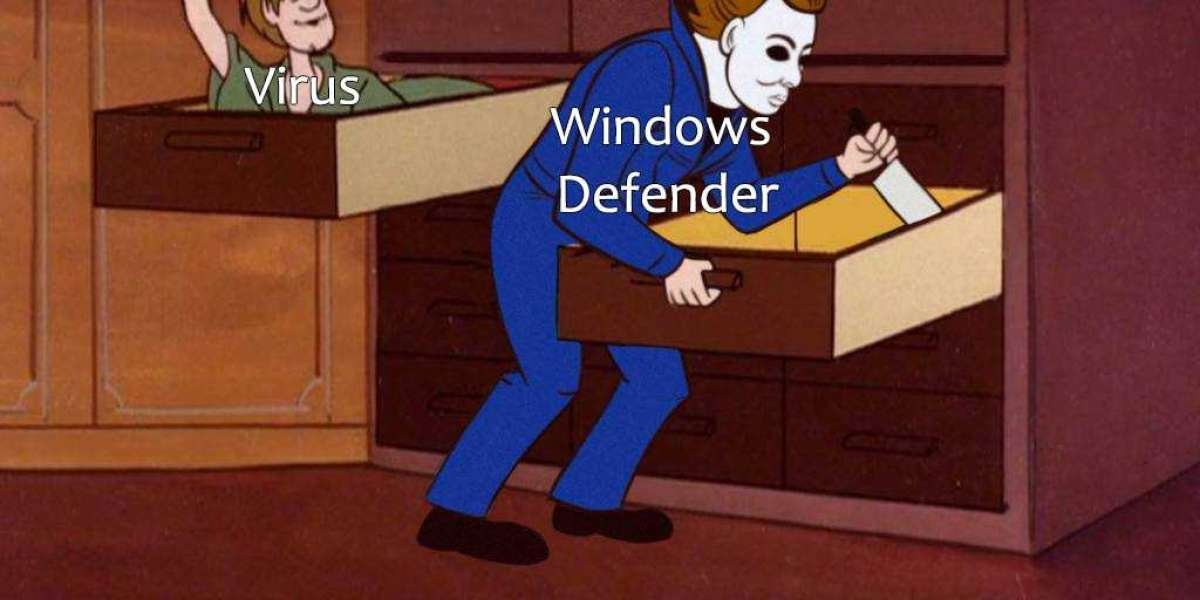Termites, often referred to as "silent destroyers," are among the most destructive pests that can invade a home or building. While they may not always be visible, termites cause billions of dollars in damage each year worldwide. Because they feed on wood and cellulose-based materials, the structural integrity of homes, furniture, and even historical buildings can be compromised without homeowners noticing until it's too late. Therefore, effective termite control is critical in protecting both your property and your investment.
The Importance of Termite Control
Termites are social insects that live in colonies, and they have a singular goal: to find food sources and nourish their colony. Their diet primarily consists of wood, paper, and other plant-based materials rich in cellulose. Since many homes are made of wood or contain wooden structures, termites see these as prime sources of nourishment.
The hidden nature of termite activity makes them particularly dangerous. Often, by the time signs of an infestation are noticed, significant damage has already occurred. Termites can weaken structural beams, floors, and walls, creating costly repair needs. Additionally, many home insurance policies do not cover termite damage, meaning homeowners are left to shoulder the financial burden of repairs.
Signs of a Termite Infestation
The key to effective termite control is early detection. Unfortunately, termites are skilled at remaining out of sight, but there are several telltale signs you can watch for:
Mud Tubes: Termites build mud tubes for protection as they travel between their colony and a food source. These tubes can often be found along the foundation of homes, walls, or wooden structures.
Wood Damage: Termite-infested wood may sound hollow when tapped. As they tunnel through the wood, they leave behind thin walls, often undetected by casual observation. If you notice soft or crumbling wood, it may indicate termite activity.
Sawdust or Wood Fragments: As termites consume wood, they often leave behind droppings that look like sawdust or small pellets around the infested area.
Swarmers: Winged termites, or swarmers, may appear during springtime as they seek out new locations to establish colonies. Their discarded wings near windowsills or doorways can indicate the presence of termites nearby.
Types of Termites
There are several types of termites that homeowners should be aware of, each with slightly different behaviors and habitat preferences. Understanding the type of termite infesting your property can help in determining the most effective control method.
Subterranean Termites: These termites live underground and typically travel to structures above ground to feed on wood. They are the most common type of termite in the United States and are known for building mud tubes to protect themselves from the open air.
Drywood Termites: Unlike subterranean termites, drywood termites do not require contact with soil. They infest the wood of buildings directly, living in colonies within the wood. Drywood termite infestations are often more challenging to detect because the damage is internal.
Dampwood Termites: These termites are generally attracted to decaying, damp wood. They are less likely to infest dry, solid wood structures and are typically found in areas with high humidity.
Methods of Termite Control
Once a termite infestation is detected, it's crucial to act quickly and effectively. There are several approaches to termite control, each with its advantages and limitations. The most common methods include:
Chemical Treatments: Chemical barriers are a well-established method for termite control. These treatments are usually applied to the soil around the foundation of a building to create a barrier that repels or kills termites. Liquid termiticides, like fipronil and imidacloprid, can be injected into the ground around the structure, while baiting systems can also be placed to attract and poison termites. While chemical treatments are effective, they need to be applied by trained professionals and may need reapplication over time.
Termite Bait Systems: Baiting systems consist of cellulose-based baits that are designed to attract termites. Once the termites feed on the bait, they carry poison back to their colony, where it spreads and eventually eliminates the entire colony. This method is a more environmentally friendly alternative to chemical treatments, but it can take months to see results, and monitoring is essential to ensure the system is working.
Fumigation: Fumigation, also known as tenting, involves enclosing the entire structure in a sealed tarp and introducing a fumigant, such as sulfuryl fluoride, which kills termites. Fumigation is typically used for drywood termite infestations and is effective in eliminating termites within the treated space. However, this method requires the occupants to vacate the home during treatment and can be expensive.
Physical Barriers: In some cases, physical barriers like stainless steel mesh or sand barriers can be used to prevent termites from accessing a structure. This method is typically used in new constructions but can be incorporated into existing buildings during renovations or major repairs.
Heat Treatments: Heat treatment is an eco-friendly, non-toxic method that involves raising the temperature of the structure to a level that is lethal to termites. The entire home is heated to around 120-140°F (49-60°C), which is enough to kill termites without causing harm to the building materials. While heat treatment can be effective, it is costly and may not be as widely available.
Prevention Tips to Avoid Termite Infestations
The best way to manage termites is to prevent them from invading your home in the first place. Here are a few essential termite prevention tips:
- Seal Cracks and Gaps: Ensure that any cracks or gaps in your foundation, windows, and doors are sealed to keep termites from entering.
- Reduce Moisture: Termites thrive in moist environments, so make sure your home has proper drainage. Fix leaky pipes, remove standing water, and ensure proper ventilation in crawlspaces and attics.
- Remove Wood Debris: Keep firewood, mulch, and other wood debris away from the foundation of your home, as these materials can attract termites.
- Regular Inspections: Have your home inspected regularly by a professional pest control company, especially if you live in a termite-prone area.
Conclusion
Termites are a silent and formidable threat to homes and buildings. Their destructive power can lead to costly repairs and damage that often goes unnoticed until it’s too late. Implementing effective termite control methods—ranging from chemical treatments and baiting systems to preventative measures—can help protect your property and avoid devastating consequences. Early detection and professional intervention are key in keeping these pests at bay and ensuring the long-term safety and stability of your home.












